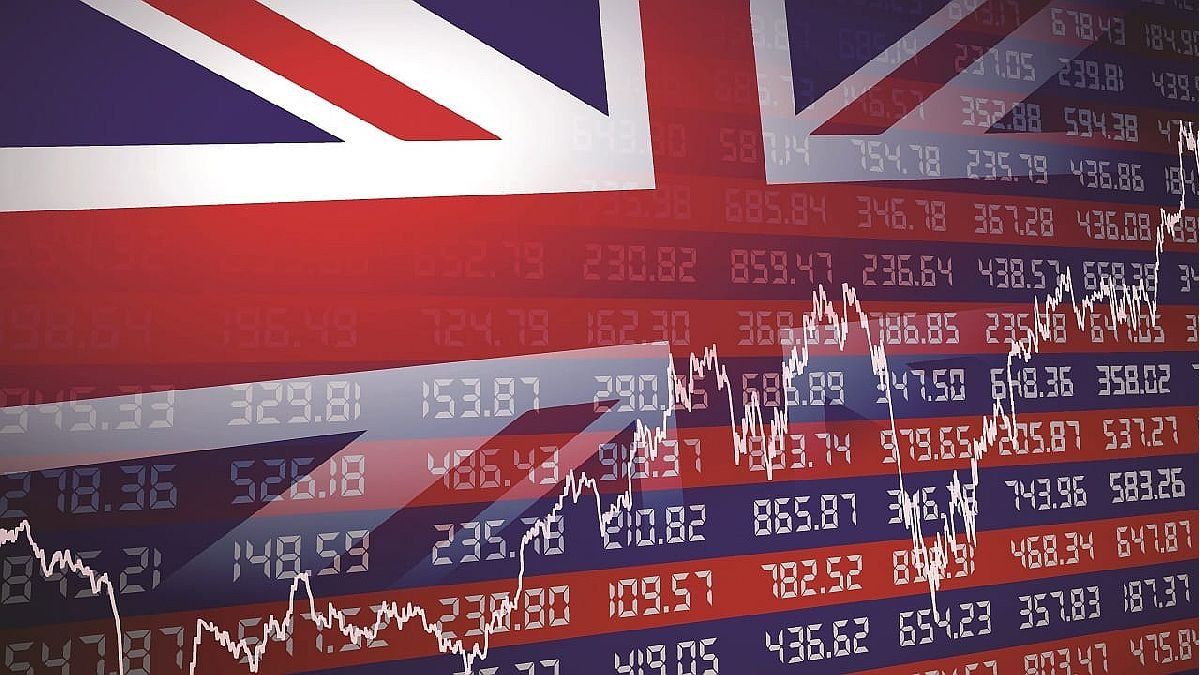He Consumer Price Index (CPI) of the United Kingdom it slowed in March to 10.1% year-on-year, a slight improvement from 10.4% the previous month, but less than expected, according to the Office for National Statistics (ONS). The figure is still high compared to the expectations of economists, who had expected a figure of 9.8%.
The slowdown is due to falling fuel prices, which have returned to levels of a year ago, when Russia’s war in Ukraine caused oil costs to rise.
Although the slowdown in inflation is good news, there is still upward pressure on food prices, such as bread, milk, and eggs, as well as on gas and electricity prices.
In fact, inflation for food and non-alcoholic beverages reached the highest level since August 1977, with a measure of 19.1%. High commodity and production costs are the main culprits.
Inflation disproportionately affected low-income households, as they spend a higher proportion of their income on food.
ONS Chief Economist Grant Fitzner explained that the decline in headline inflation in March was mainly due to falling motor fuel prices and heating oil costs, which had risen sharply over the same period on last year.
In addition, it indicated that the prices of clothing, furniture and household items increased, but more slowly than a year ago.
However, these increases were partially offset by rising food costs, which continue to rise sharply, with bread and cereal price inflation at record levels.
Although the UK growing season is expected to bring temporary relief in fresh produce prices, the overall impact of food inflation on the UK economy has yet to fully mitigate.
Although the latest figures offer some hope, as they suggest inflation may be slowing, this is no reason for the Bank of England to pause its action in fighting inflation through interest rate hikes.
Since December 2021, the entity has increased bank rates 11 times in a row in an attempt to control price pressures in the economy, and the current situation continues to be worrying, so it is necessary to continue taking measures to address it.
Source: Ambito




